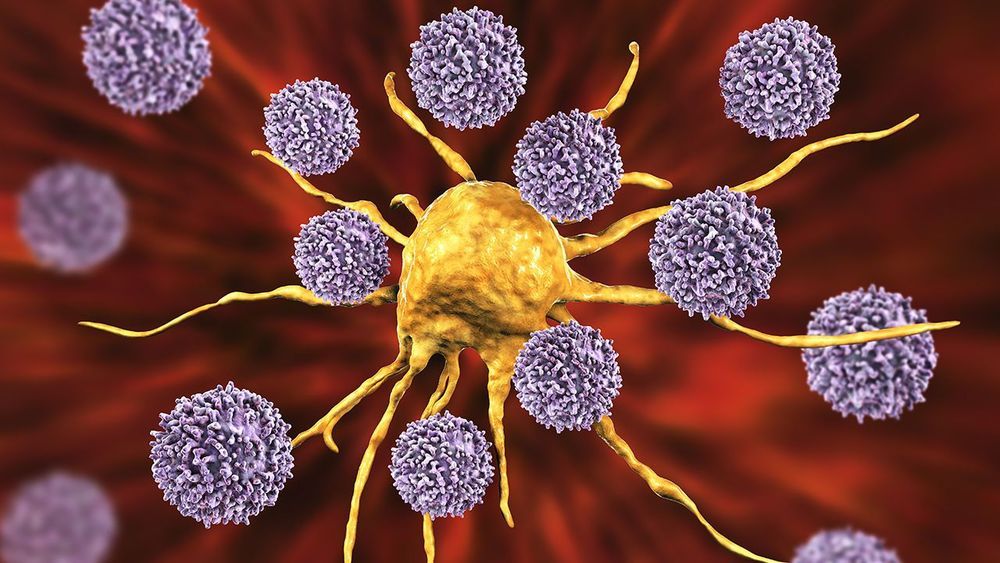Scientists have found that manipulating a cell signal, involving vitamin D, can slow the growth of melanoma cells and their advance to the lungs in mice.
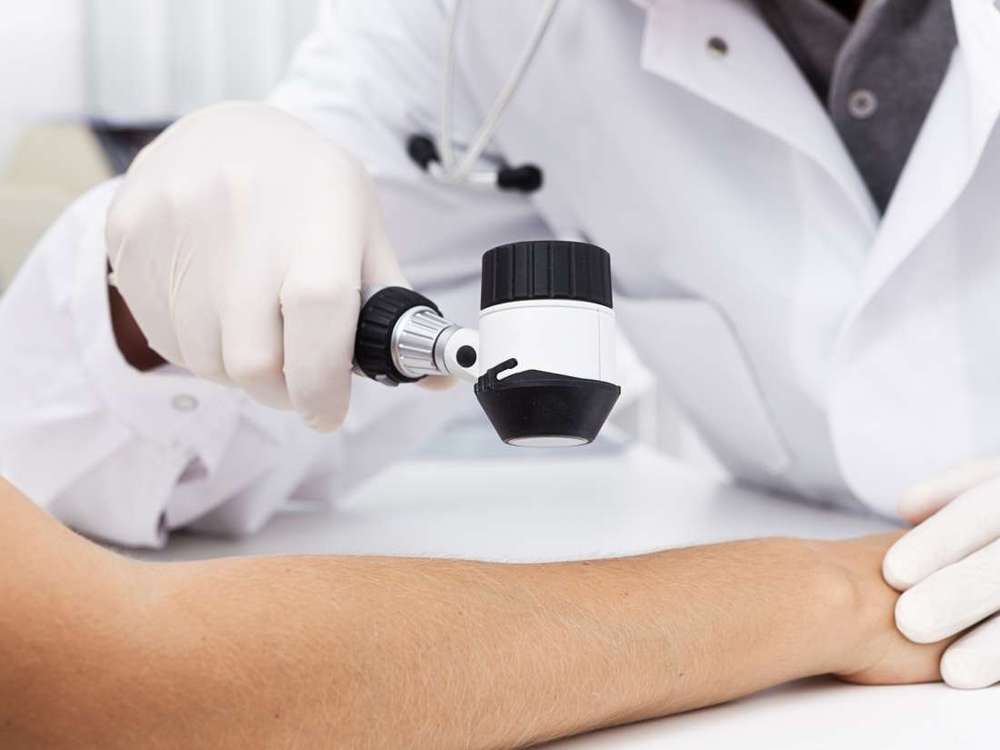

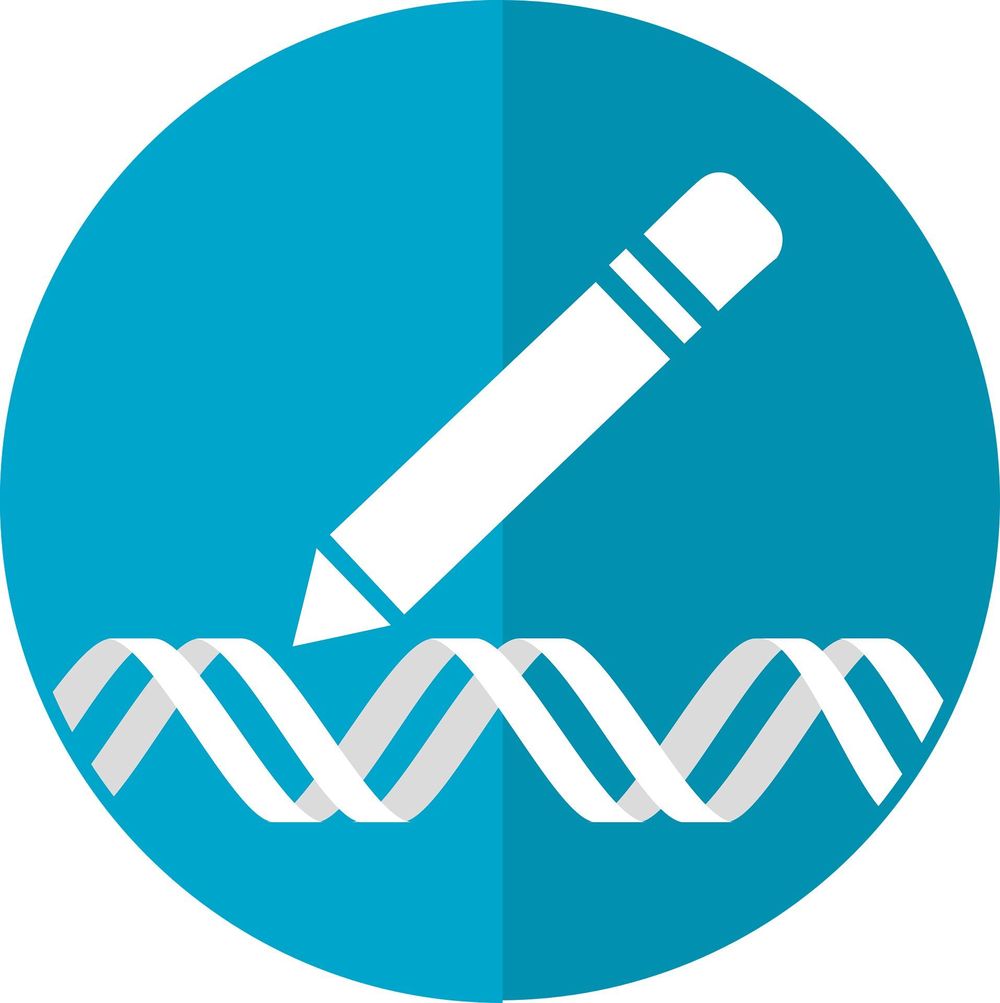
City of Hope researchers may have found a way to sharpen the fastest, cheapest and most accurate gene editing technique, CRISPR-Cas9, so that it can more successfully cut out undesirable genetic information.
This improved cutting ability could one day fast-track potential therapies for HIV, sickle cell disease and, potentially, other immune conditions.
“Our CRISPR-Cas9 design may be the difference between trying to cut a ribeye steak with a butter knife versus slicing it with a steak knife,” said Tristan Scott, Ph.D., lead author of the study and a staff research scientist at City of Hope’s Center for Gene Therapy. “Other scientists have tried to improve CRISPR cutting through chemical modifications, but that’s an expensive process and is like diamond-coating a blade. Instead, we have designed a better pair of scissors you can buy at any convenience store.”
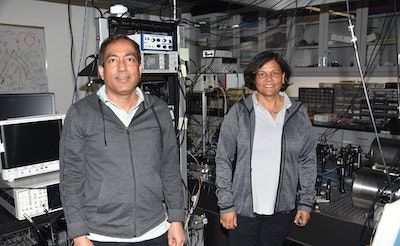
The Department of Defense has awarded Dr. Gour Pati, professor of Physics and Engineering at Delaware State University a $239,908 grant from the U.S. Army to develop and build a millimeter-wave quantum sensing system at DSU.
Dr. Pati – the principal investigator – and his researchers have recognized the increasing importance of millimeter-wave sensing and imaging in commercial and military sectors, as well as how it is driving the development of low-cost sensors. Dr. Pati’s success in winning the DoD grant engages DSU scientists and students in the work of furthering this advancement.
Rydberg atoms have a hypersensitive response to microwave, millimeter-wave and terahertz radiation. They have the potential for applications in modern communications, remote sensing and many other fields, including medical science. Pati and his team will develop a real-time millimeter-wave sensor using laser-induced fluorescence in Rydberg atoms.

Gene therapy has traditionally been applied to well-understood diseases where a single genetic mutation was to blame. A new generation of technology is expanding the potential of gene therapy to treat conditions that were previously unreachable. Since the first gene therapy clinical trials in the 1990s, the technology has made its way into the market for conditions ranging from blindness to cancer. Gene therapy has the potential to fix any genetic mutation causing disease by inserting a new copy of the faulty gene. However, its reach has historically been limited. We’ve been constrained with the things we.
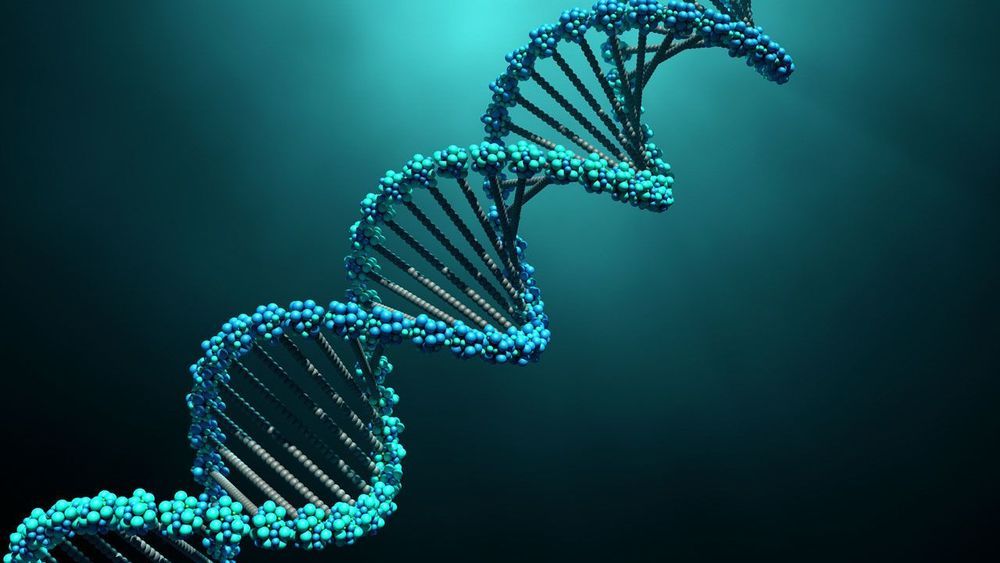
David A. Sinclair, PhD, is a professor in the Department of Genetics at Harvard Medical School and co-director of the Paul F. Glenn Center for the Biological Mechanisms of Aging.
Dr. Sinclair’s work focuses on understanding the mechanisms that drive human aging and identifying ways to slow or reverse aging’s effects. In particular, he has examined the role of sirtuins in disease and aging, with special emphasis on how sirtuin activity is modulated by compounds produced by the body as well as those consumed in the diet, such as resveratrol. His work has implications for human metabolism, mitochondrial and neurological health, and cancer.
▶︎ Get the episode’s show notes, timeline, and transcript.
https://www.foundmyfitness.com/episodes/david-sinclair
▶︎ Detailed overview of NAD+
https://www.foundmyfitness.com/topics/nad
▶︎ Detailed overview of nicotinamide riboside
https://www.foundmyfitness.com/topics/nicotinamide-riboside
▶︎ Detailed topic page on nicotinamide mononucleotide
https://www.foundmyfitness.com/topics/nicotinamide-mononucleotide
▶︎ Follow Dr. David Sinclair on Twitter
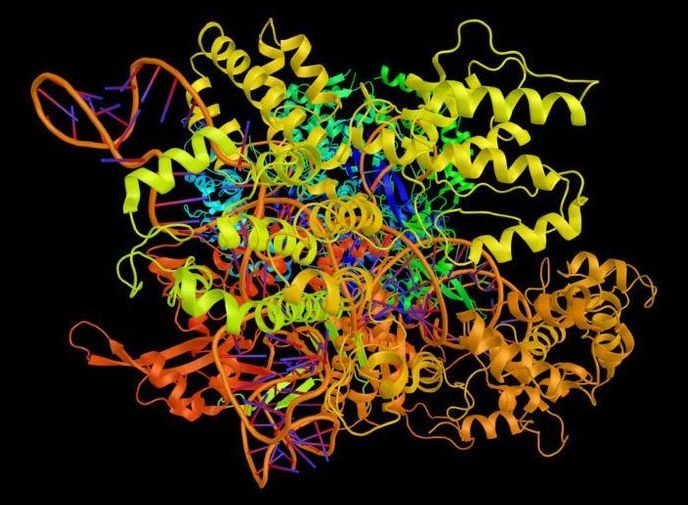
The first attempt in the United States to use a gene editing tool called CRISPR against cancer seems safe in the three patients who have had it so far, but it’s too soon to know if it will improve survival, doctors reported Wednesday.
The doctors were able to take immune system cells from the patients’ blood and alter them genetically to help them recognize and fight cancer, with minimal and manageable side effects. The treatment deletes three genes that might have been hindering these cells’ ability to attack the disease, and adds a new, fourth feature to help them do the job.
“It’s the most complicated genetic, cellular engineering that’s been attempted so far,” said the study leader, Dr. Edward Stadtmauer of the University of Pennsylvania in Philadelphia. “This is proof that we can safely do gene editing of these cells.”
